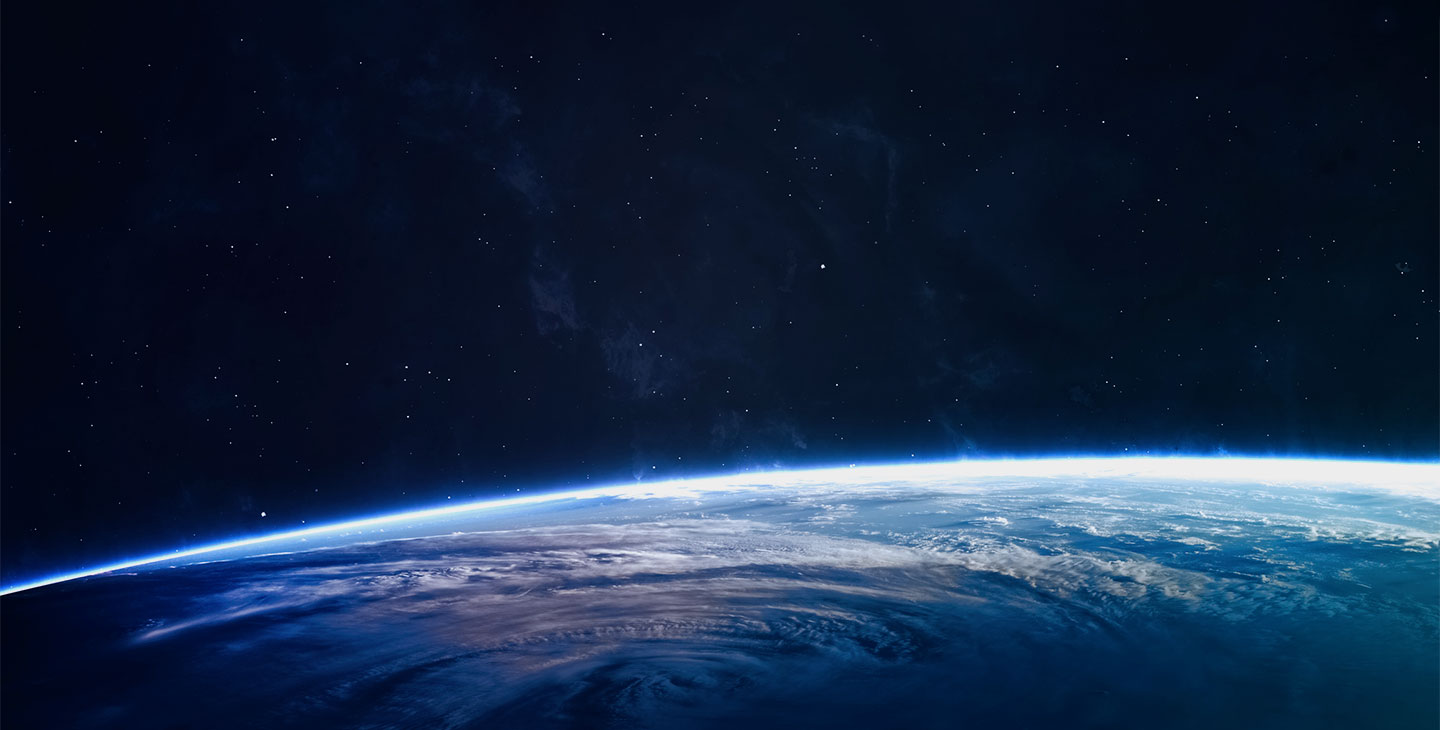
Going beyond to help keep space safe and sustainable
Learn how Viasat is modeling low earth orbit (LEO) carrying capacity to help preserve opportunities in space for all nations
As a global company operating in space, Viasat believes that safety and sustainability need as much attention in space as on our planet. Just like our oceans, the space environment must be protected for the use of all. As more operators plan to launch hundreds of thousands of satellites into space — especially into the orbit closest to our planet (low-Earth orbit) — the need for new regulation and careful resource management is paramount. Without suitable new rules that we apply to the potential damage created by these mega-constellations, we’re at risk of creating problems that could take decades — or even centuries — to fix (if they are fixable at all). The potential issues include chain reaction collisions caused by exceeding LEO’s carrying capacity and a resulting loss of access to space, inequitable consumption of orbits and spectrum that blocks other countries from enjoying the benefits of space, the climate impact of massive numbers of satellites disintegrating in the upper atmosphere every year, and threats to optical and radio astronomy and enjoyment of the night sky.
The current rate of LEO satellite deployments is a new phenomenon, and we need to begin managing the size, mass, and number of what’s launched into space. The more satellites there are, the higher the risk — and it’s critical that regulations catch up with the way in which space now is being populated.
We’re encouraged by recent efforts in the UK to develop international standards and establish a globally recognized ESG benchmark for space sustainability in collaboration with other nations, and operators. Viasat is committed to continue to work with global partners, policymakers, and industry leaders to promote rules that bring the benefits of space to the world, responsibly and safely.
Now, more than ever, it’s vital that all of us be concerned about safe, sustainable, and equitable access to space and take action to protect it.
Viasat is a leader in bringing the benefits of space technology to the world in equitable and mutually beneficial ways. However, we are one voice in many calling for action by policy-makers around the world ensure that these finite resources allow for continued use for science, exploration and communications services
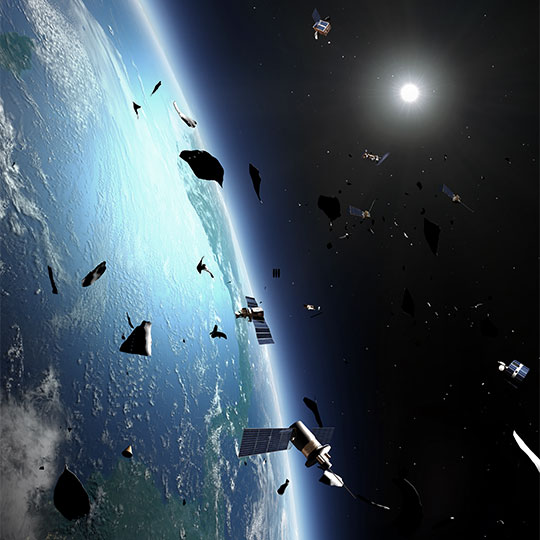
We believe new satellite systems can be designed and operated in a safe way to deliver world connectivity, and serve other essential civic functions, but with reduced risks of collisions and runaway debris.
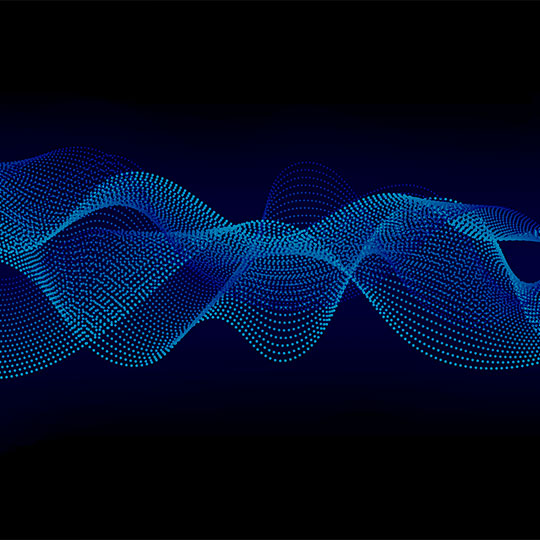
We support equitable access to scarce spectrum and orbital resources for all countries and are committed to operating in space in a way that’s responsible, transparent, and collaborative.
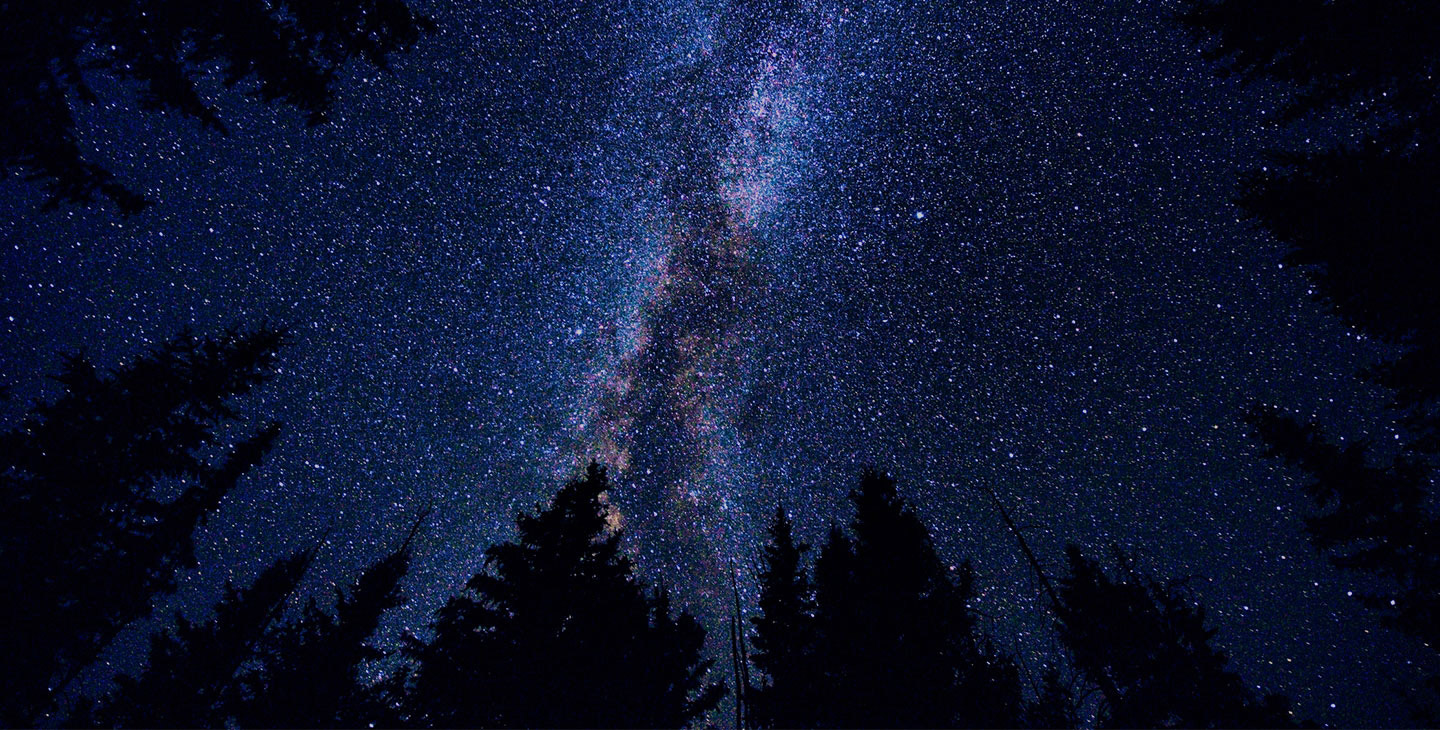
We believe proactive regulation is critical to allow space communications, scientific research, and exploration to continue with decreased impact on climate change, the atmosphere, astronomy, and the night sky.
LEO is a finite resource and “rivalrous” (each consumer reduces the amount available to others), yet available to all, incentivizing a “tragedy of the commons”. Current trends risk a global loss of access to space for decades or even centuries. If a fraction of the proposed mega-constellation satellites are deployed, there may be more than an order of magnitude increase in number of satellites, aggregate mass, and aggregate cross-sectional area in LEO. Orbiting satellites increasingly are at risk of being fragmented by collisions with debris. The accumulation of debris in LEO is one of the most pressing threats to the safety and sustainability of space exploitation. Attempts to slow debris growth have consisted of ad hoc, heuristic, guidance for new missions. We propose a holistic model using a multidimensional state vector approach to evaluate a “carrying capacity” metric, the sustainable satellite population distribution in LEO.
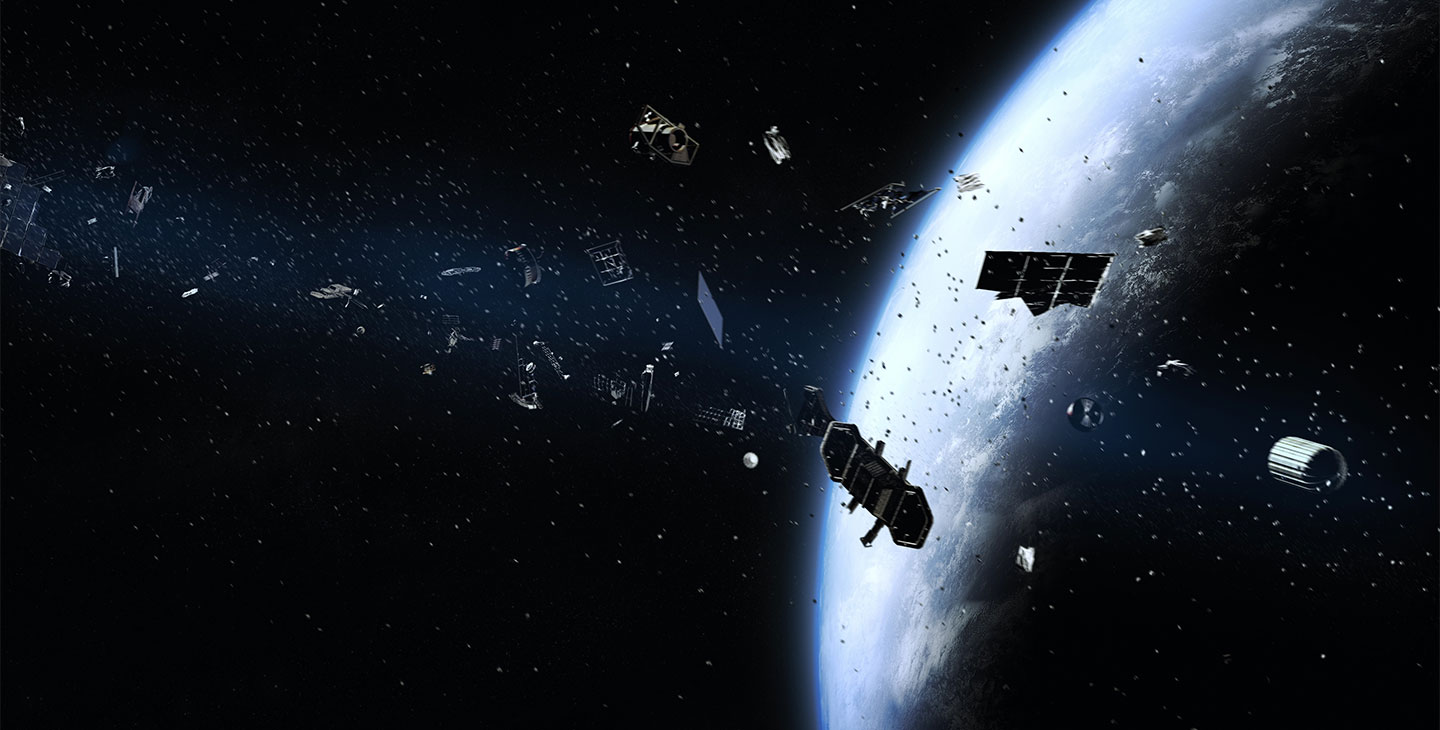
Viasat believes there is a way to ensure safe, sustainable, and equitable access to space for all. We are committed to being a responsible space technology company. In addition to meeting and exceeding critical space safety measures, we are working with a broad range of policymakers and industry leaders to promote rules that allow many operators to participate in an orderly fashion in the space economy for generations to come.
Mark Dankberg, Viasat CEO and Chairman of the Board